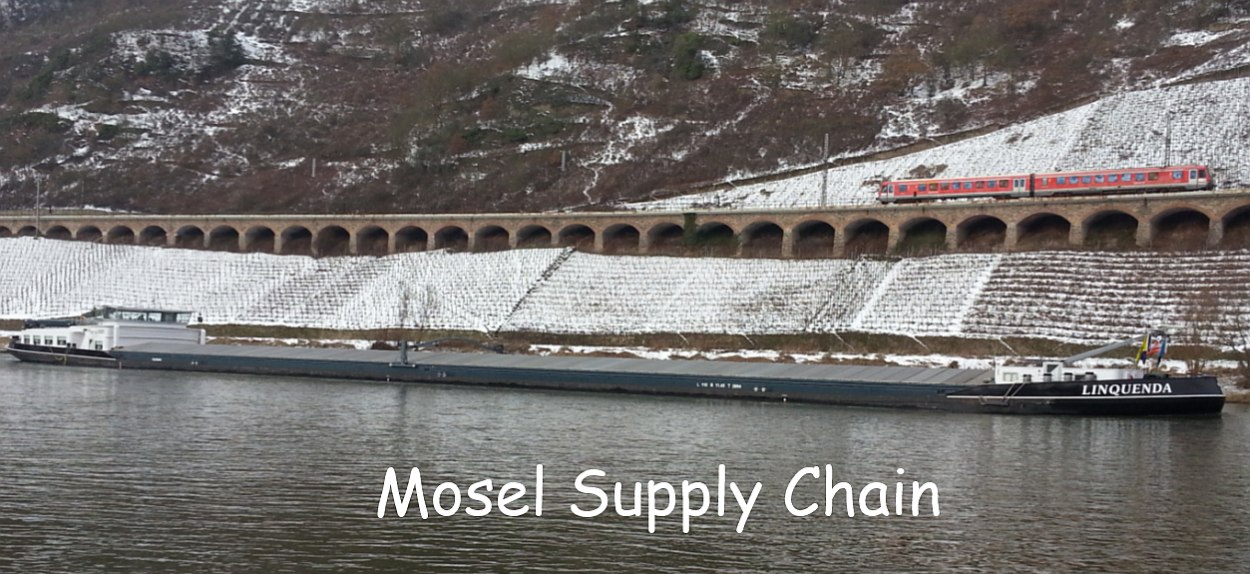The Entity-Level Business Model is the
starting point for business modeling (Holistic
Business Model). It is a framework for
developing a standardised business models from which a skeleton value chain can
be developed (Value Chain Analysis)
External Business Drivers and Stakeholders
External Business Drives and Stakeholders are those outside
factors, pressures etc. that can prevent an entity from attaining its
objectives. One of the ways to classify such external forces follows:
·
General environment
o
Political / legal
o
Macroeconomics
o
Technological
o
Demographic
o
Socio-cultural
·
Competitive environment
o
Competitors
o
New entrants
o
Substitute products
o
Buyers
o
Suppliers
·
Operating environment
o
Markets
o
Customers
o
Competitiveness
o
Trade regulations
o
Economics
Markets
Markets are the segments of an industry that are applicable
to the entity. When analysing Markets we
may
·
Identify the entity’s significant market
segments;
·
Obtain an understanding of how the products and
services are positioned within the market segments;
·
Obtain an understanding of the relationship
between an entity’s market segments and its business objectives and strategies.
Business Processes
A business process is a structured set of activities within
an entity, designed to produce a specified output. A business process
emphasises how work is performed
rather than what is done. It is also
structuring of work activities across time and place to transform inputs, such
as information, materials and resources, to outputs, such as the products or
services for customers or other users. Processes are usually linked with the
outputs of one process being the inputs of another process.
Strategic Management Process
The strategic management process is the process that:
·
develops the entity’s mission,
·
defines the entity’s business objectives,
·
identifies the business risks that threaten
attainment of the business objectives,
·
manages the business risks by establishing
business processes, and monitors progress toward meeting the business
objectives.
When we analyse the Strategic Management Process we may
include of how management (including the Board of directors, as appropriate):
·
sets the overall direction for the entity;
·
monitor the external environment and asses the
strategic implications of potential opportunities and threats;
·
monitors the extent to which strategies have
been implemented; understand the strategies and capabilities of the significant
competitors; analyses the entity’s strengths and weaknesses;
·
allocates resources, including capital, people
and facilities to the business processes;
·
aligns its strategic business objectives with
the process objectives.
Resource Management Processes
Resource management processes are business processes that
provide appropriate resources to the other business processes.
Core Business Processes
Core business processes are the processes that develop,
produce, sell, and distribute an entity’s products and services. These
processes do not follow traditional organisational or functional lines, but
reflect the grouping of related business activities.
Alliances / Relationships with Suppliers
Alliances are the types of relationships with third parties
that entities in the industry may establish to:
·
Attain business objectives,
·
Expand business opportunities
·
Reduce or transfer business risk.
When analysing Relationships with Suppliers we may
·
Identify an entity’s significant suppliers;
·
Obtain an understanding of an entity’s
relationship with its suppliers;
·
Obtain an understanding of relationship between
an entity’s significant suppliers and its business objectives and strategies.
Products and Services
Products and Services are the significant products and
services typically offered by entities within the industry. When analysing Products and Services we may
obtain:
·
An understanding of the entity’s significant
products and services;
·
An understanding of the stage that significant
products and services have reached in their life cycle;
·
An understanding of the relationship between an
entity’s significant products and services and its business objectives and
strategies.
Customers
Customers are the significant types of
consumers within the markets in the industry that entities may choose to focus
on. When analysing customers we may:
·
Identify an entity’s significant customers;
·
Obtain an understanding of the relationship
between an entity’s significant customers and ts business objectives and
strategies.


No comments :
Post a Comment